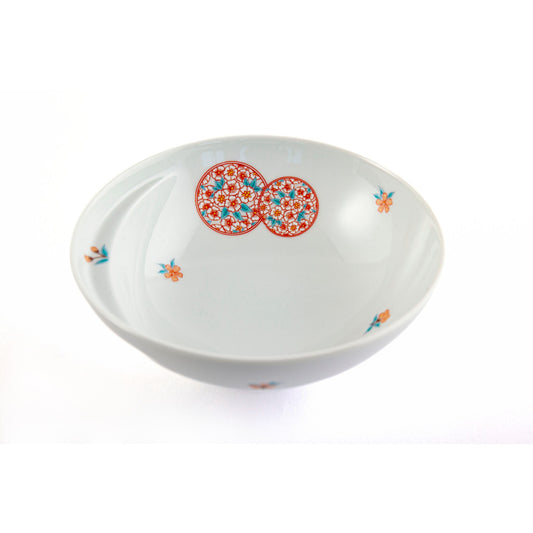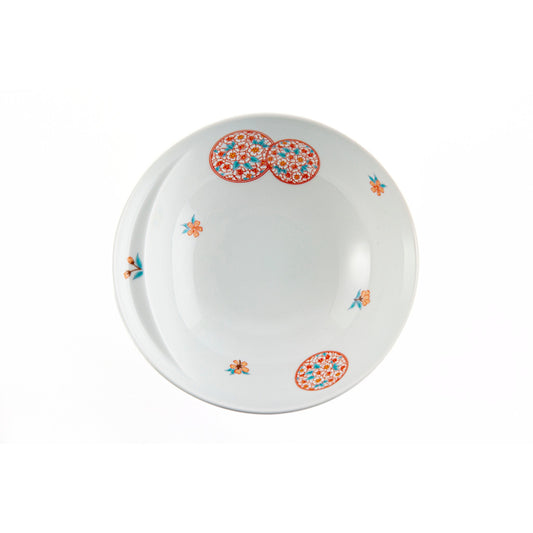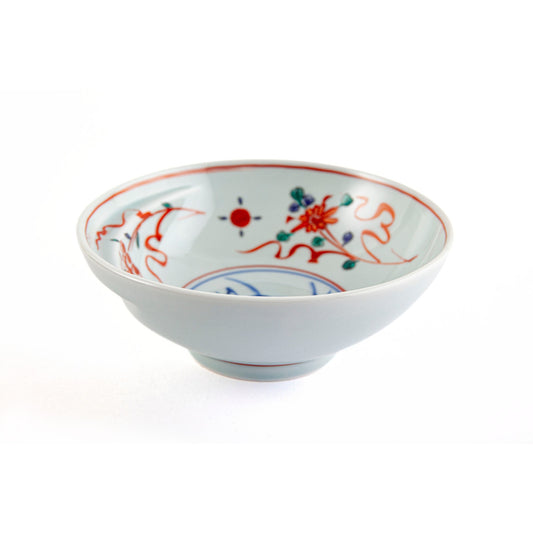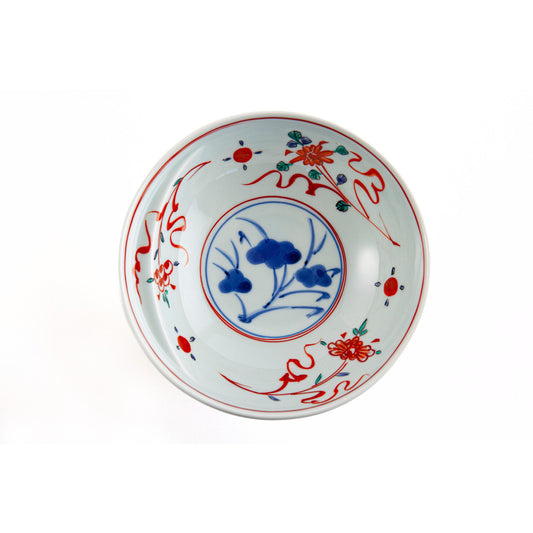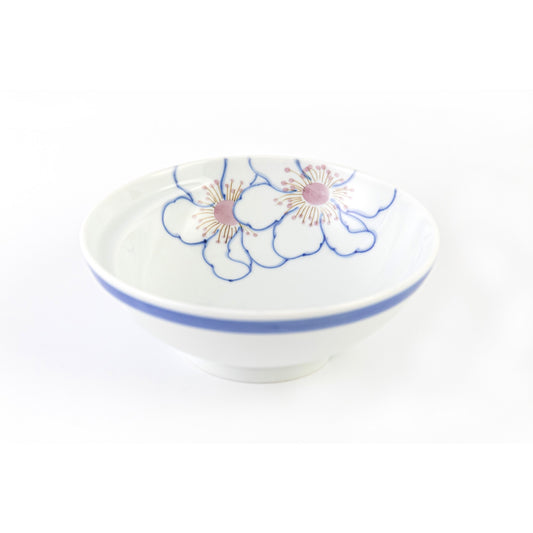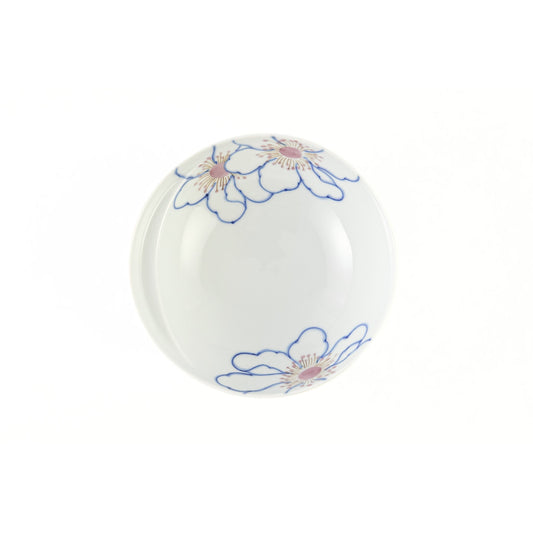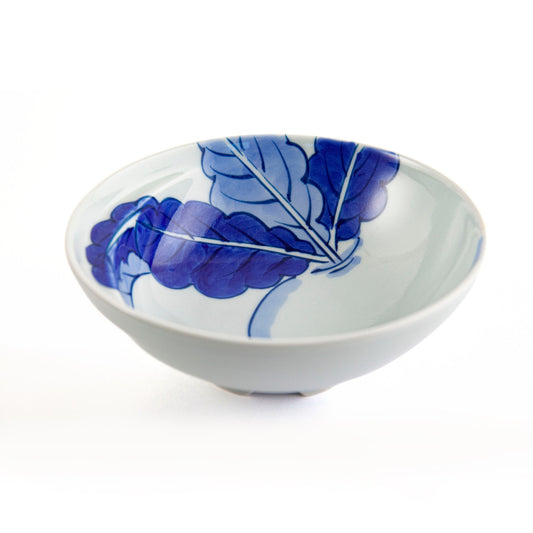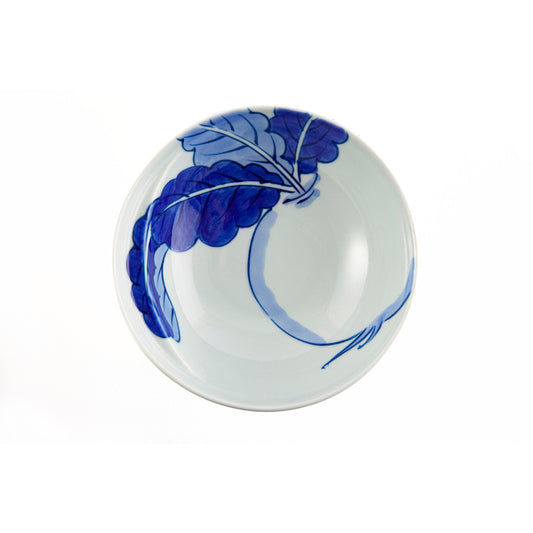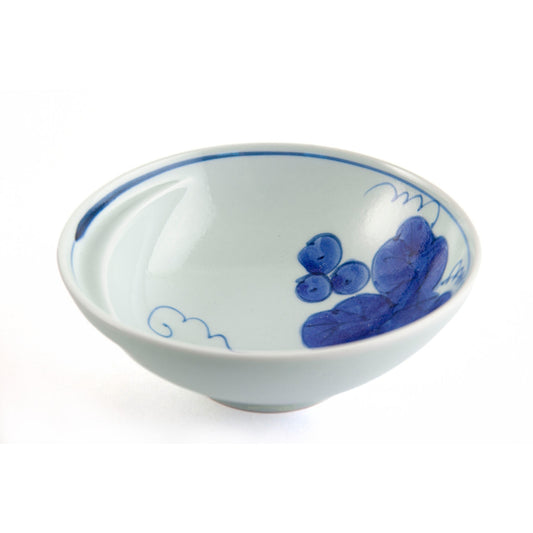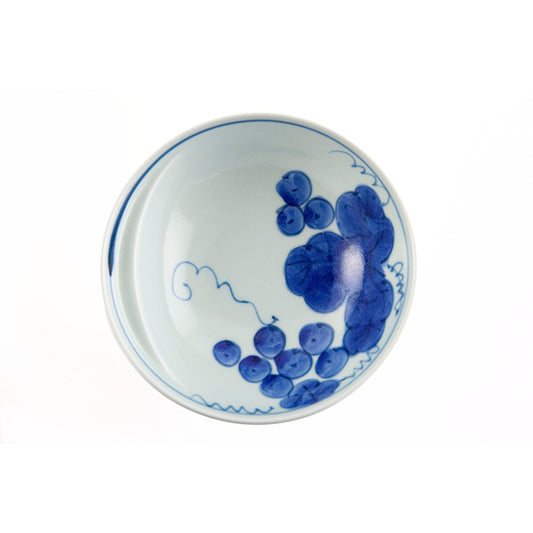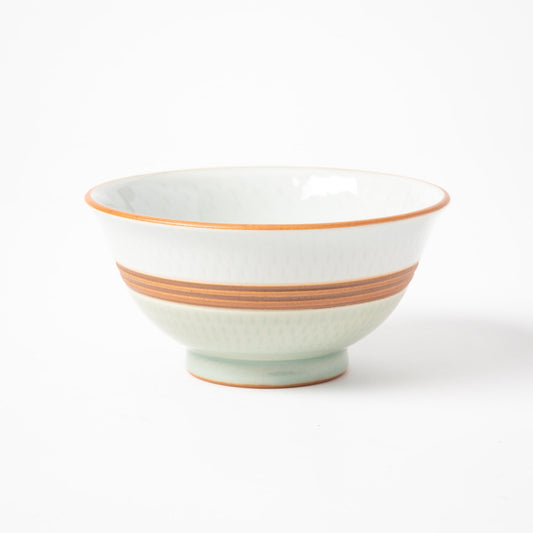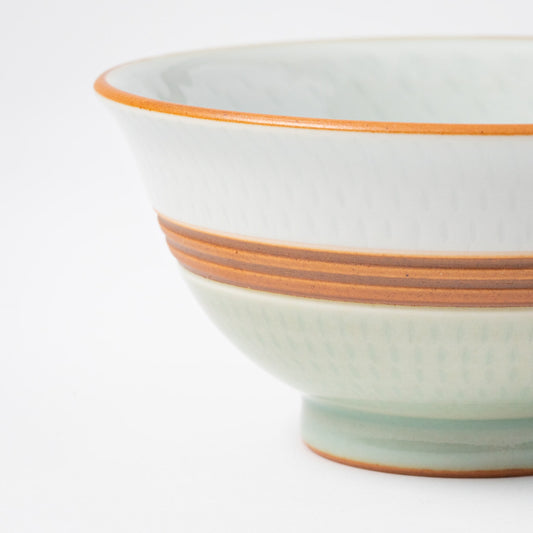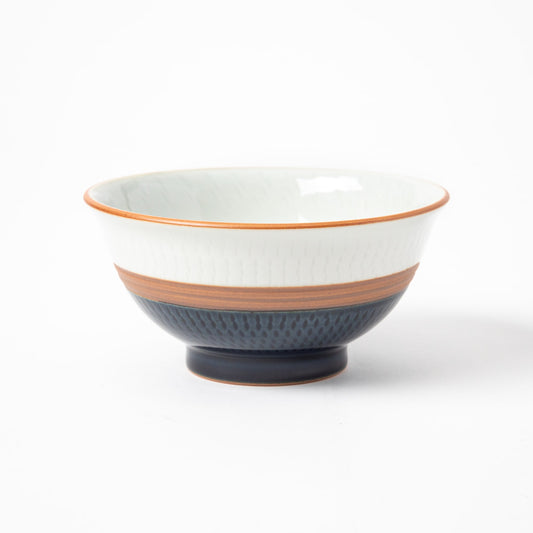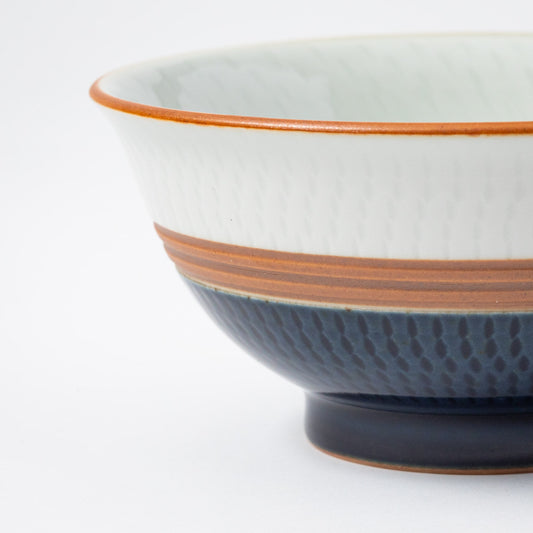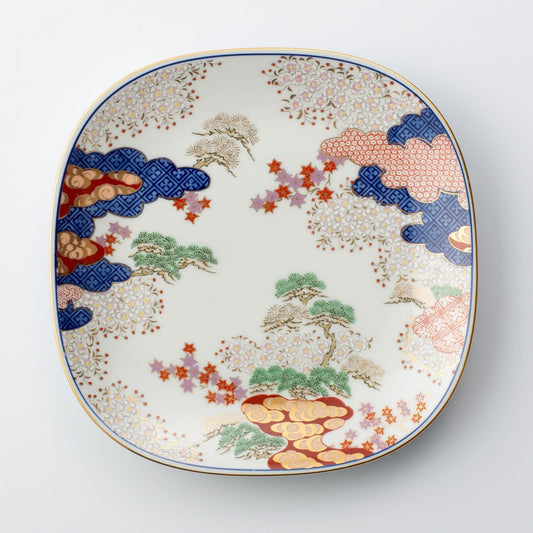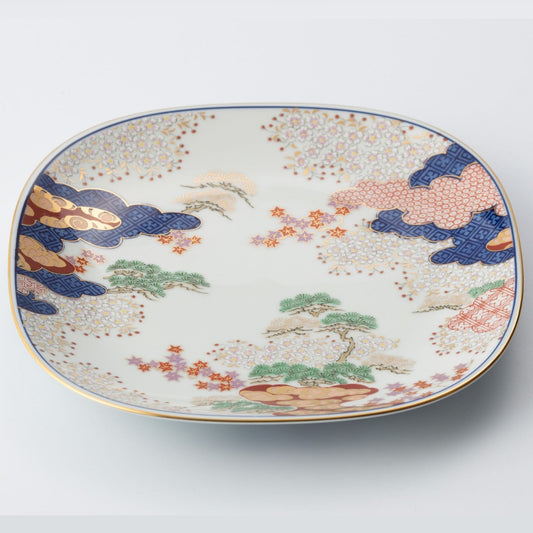Wagashi, the traditional Japanese confections, offers a unique and sophisticated experience for the senses. Imagine meticulously crafted sweets, each a miniature work of art, bursting with seasonal flavors and textures. Wagashi are more than just treats; they are an integral part of Japanese culture, deeply intertwined with the tea ceremony and a celebration of the natural world.
Let us be your guide to the world of traditional Japanese sweets. We'll explore their rich history, the incredible diversity of flavors and textures, and the artistic mastery that goes into crafting each piece. We'll also delve into the perfect pairing: the exquisite Japanese tableware designed to elevate the Wagashi experience to a whole new level.
Contents
- Varieties of Wagashi - Everyday and Seasonal
- The Art of Wagashi
- The Importance of Presentation with Wagashi
- In Conclusion
Varieties of Wagashi - Everyday and Seasonal

Wagashi boasts a remarkable diversity, offering a unique treat for every season and palate. Here, we'll delve into some of the most popular varieties:
- Mochi: These soft, chewy rice cakes are a beloved staple in the world of Wagashi. Their delightful chewiness contrasts beautifully with a variety of fillings, including the classic sweet red bean paste (anko). Spring brings us the iconic sakura mochi, a delightful treat of sweet pink mochi wrapped around a red bean paste center, adorned with a delicate salted cherry blossom. Summer beckons with chilled kakigori with mochi, shaved ice flavored with fruit syrups and topped with chewy mochi balls. Dango, another type of mochi, are skewered dumplings traditionally enjoyed in sets of three and often flavored with green tea or sesame seeds.

- Yokan: This delectable jelly-like confection is typically made from red bean paste, agar (a gelatinous seaweed extract), and sugar. Yokan comes in a variety of textures, from smooth and soft to dense and chewy, and flavors can range from classic anko to unique options like chestnut (kuromitsu yokan) or plum (ume yōkan). Autumn showcases momiji yokan, intricately molded to resemble maple leaves, capturing the fiery hues of the season. Winter brings usugiri yokan, a thin-sliced and layered yokan with a more delicate sweetness.
There is also a stunning array of regional Wagashi you can discover. Here are a few you might find on your travels around Japan.
- Uiro (Kansai region): A steamed rice cake with a smooth and slightly bouncy texture, often flavored with green tea or mugwort (yomogi).
- Mitarashi Dango (Kyoto): Skewered dumplings made from mochi flour, grilled to a slight char, and glazed with a sweet and savory soy sauce glaze.

- Castella (Nagasaki): A light and fluffy sponge cake influenced by Portuguese sponge cake traditions. While not strictly a Wagashi due to its foreign influence, it holds a special place in Nagasaki's culinary scene.
- Misogi Dango (Gifu): Skewered dumplings made from dango flour and bathed in a sweet miso paste.

- Botchan Dango (Matsuyama): Small, bite-sized dumplings made from a blend of rice flour and millet flour, typically served with a cup of green tea.
- Yatsuhashi (Kyoto): Yatsuhashi are made from rice flour, sugar, and cinnamon. They come in two varieties: a crispy, baked version resembling a tile, and a soft, unbaked version wrapped around red bean paste.
From the crumbly sweetness of nerikiri (confections made from rice flour and bean paste, often molded into seasonal shapes) to the refreshing summertime treat of kuzu mochi (jelly cakes made from kudzu starch), each Wagashi offers a unique taste and visual experience. The element of seasonality increases the appeal of Wagashi, with each creation reflecting the beauty and flavors of the passing months.
The Art of Wagashi

As mentioned, Wagashi are not just sweets; they are edible works of art. Aesthetics play a central role in their creation, separating them from a simple treat to a visual and sensory experience. Skilled artisans, known as wagashi-shi, approach their craft with meticulous attention to detail, ensuring each piece is a masterpiece in miniature. The beauty of Wagashi lies in its delicate balance of form, color, and texture. Natural colorings derived from plants and flowers bring the seasons to life. Delicate molds shape the Wagashi into intricate designs, often reflecting seasonal themes.

This dedication to aesthetics extends beyond the Wagashi itself. The presentation plays a crucial role in the overall experience. Wagashi are carefully arranged on beautiful ceramic plates, each piece meticulously positioned to create a harmonious tableau. Every element, from the color of the plate to the placement of a single garnish, contributes to the visual storytelling of the Wagashi. In essence, each bite of Wagashi is an invitation to appreciate the beauty and artistry that lies within.
The Importance of Presentation with Wagashi
Products displayed: Melon Patterned Petal Rimmed Circle Plate, Bird Patterned Petal Rimmed Circle Plate, and Camellia Patterned Petal Rimmed Circle Plate
In the world of Wagashi, presentation is just as important as taste. Traditional Japanese tableware sets elevate the Wagashi experience into a beautiful ritual. A key element is utilizing beautiful small Japanese plates and trays in order to showcase the Wagashi. These tableware items come in a variety of styles and colors, often crafted from ceramic, porcelain, or even lacquerware.
Ceramic offers timeless elegance, its smooth surface, and subtle variations in color creating the perfect backdrop for the vibrant Wagashi. This Arita Auspicious Small Plate from Gen-emon Kiln would delight guests with a small selection of yokan, for example. Or the set of plates pictured above from Kutani Bitouen, as you can see, offer a stunning contrast of colors compared to the the sweets.
Porcelain, a finer type of ceramic, adds a touch of luxury with its delicate translucence and pristine white surface. For example, the Blue Sea Wave Patterned Square Plate by M. M. Yoshihashi with its subtle artful wave pattern (pictured above) would be perfect for displaying an array of wagashi for guests.
However, for a truly luxurious touch, some sets incorporate lacquerware. Urushi, the traditional Japanese lacquer derived from the sap of the lacquer tree, adds depth and richness to the tableware. Lacquerware comes in a variety of finishes, from smooth and glossy to textured and matte, each offering a unique aesthetic that complements the Wagashi and creates a truly special presentation. This Wooden Lacquered Plate from Asada Lacquerware offers a simple, yet refined lacquerware option.
In Conclusion
Wagashi are more than just treats; they are a captivating journey through Japanese culture, a delightful dance of flavors, textures, and artistry. Each bite is a celebration of the seasons, with natural ingredients and meticulous craftsmanship coming together to create edible works of art. The right tableware elevates this experience even further, transforming a simple tea break into a beautiful and immersive ritual.
So, embark on your own Wagashi adventure! Explore the diverse flavors and textures, from the soft chew of mochi to the smooth melt of yokan. Discover the artistry behind each creation, and appreciate the way they reflect the beauty of the changing seasons. With a beautiful set of Japanese tableware, you can add something truly special to your tea time and create a truly unforgettable moment. Whether you're a seasoned tea aficionado or simply curious about Japanese culture, the world of Wagashi awaits.







